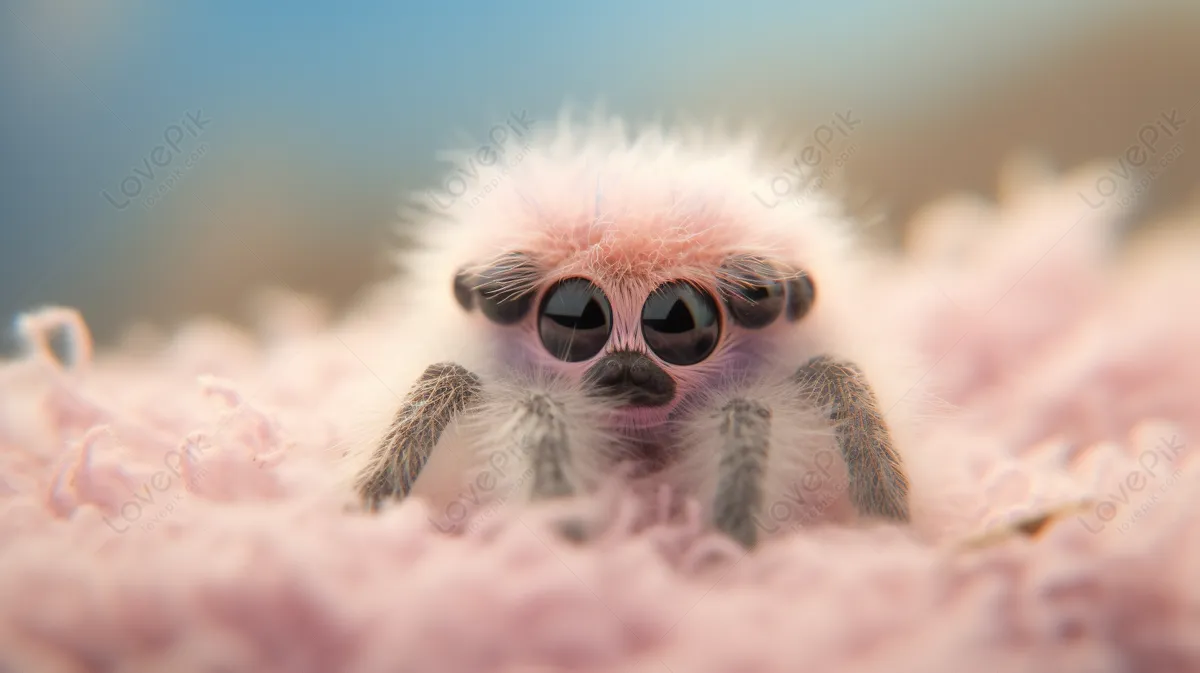Choosing Your First Tarantula Pet
Bringing a tarantula into your home is an exciting step. However, before you welcome your eight-legged friend, research is crucial. These fascinating creatures require specific care, and understanding their needs is paramount to their well-being. This guide will walk you through the essential aspects of tarantula care, ensuring you and your new pet have a positive experience. Proper research will help you choose the right species for your experience level and lifestyle, leading to a fulfilling pet ownership experience. Starting with the right tarantula can prevent many common problems later on, and enable a life of health for your new friend.
Researching Tarantula Species
Different tarantula species have varying temperaments, care requirements, and sizes. Some are more docile and handleable, while others are more defensive and best observed. Do some initial research into popular species such as the Chilean Rose Hair, the Brachypelma hamorii (formerly B. smithi), or the Grammostola pulchra (Brazilian Black). These species are often recommended for beginners due to their generally docile nature. Look into the specific needs of each species including, humidity, temperature, and feeding habits. Consider the eventual adult size of the tarantula, as this will determine the size of the enclosure you’ll need.
Considering Temperament and Size
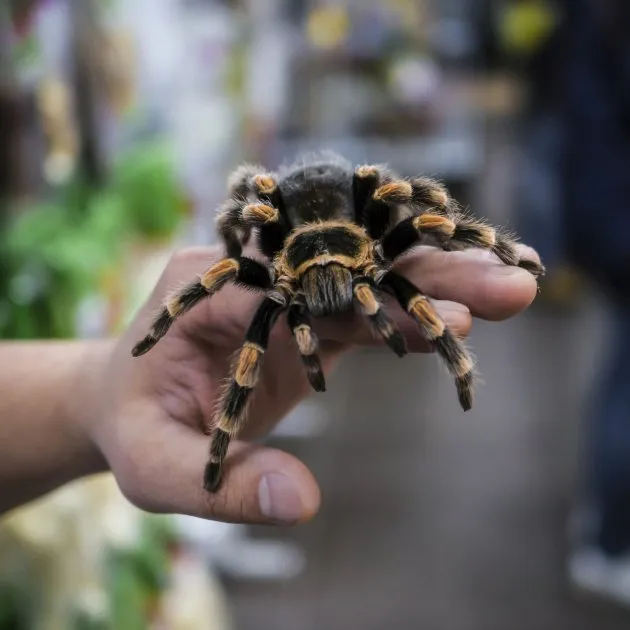
Temperament is a crucial factor. Some tarantulas are more prone to being skittish, defensive, or even aggressive. Avoid tarantulas known for their speed or potent venom if you are a beginner. Size matters because you need an enclosure appropriate for its adult size, providing ample space for movement and burrowing, if applicable. Smaller species are often easier to manage in terms of space, but can also be faster or more delicate. Before acquiring any tarantula, read through several care guides and watch videos, and then determine what is the best tarantula for your experience level.
Habitat Setup
Creating the right habitat is vital for your tarantula’s health. The enclosure must mimic their natural environment as closely as possible, including temperature, humidity, and substrate. Correct setup reduces stress and promotes good health, contributing to the longevity of your pet. An improperly set up enclosure can lead to molting issues, fungal infections, and other health problems. It also reduces the likelihood of your tarantula displaying its natural behaviors, such as burrowing or web-spinning.
Enclosure Size and Type
The enclosure size depends on the tarantula’s species and adult size. Generally, a good rule is to provide an enclosure that is at least twice the tarantula’s leg span in width. A terrestrial species needs more floor space, whereas an arboreal species needs more vertical space. Make sure the enclosure has a secure lid to prevent escape. The material can be glass, acrylic, or plastic, but ventilation is critical. Avoid enclosures with sharp edges or any features that could pose a threat to your tarantula.
Substrate Selection
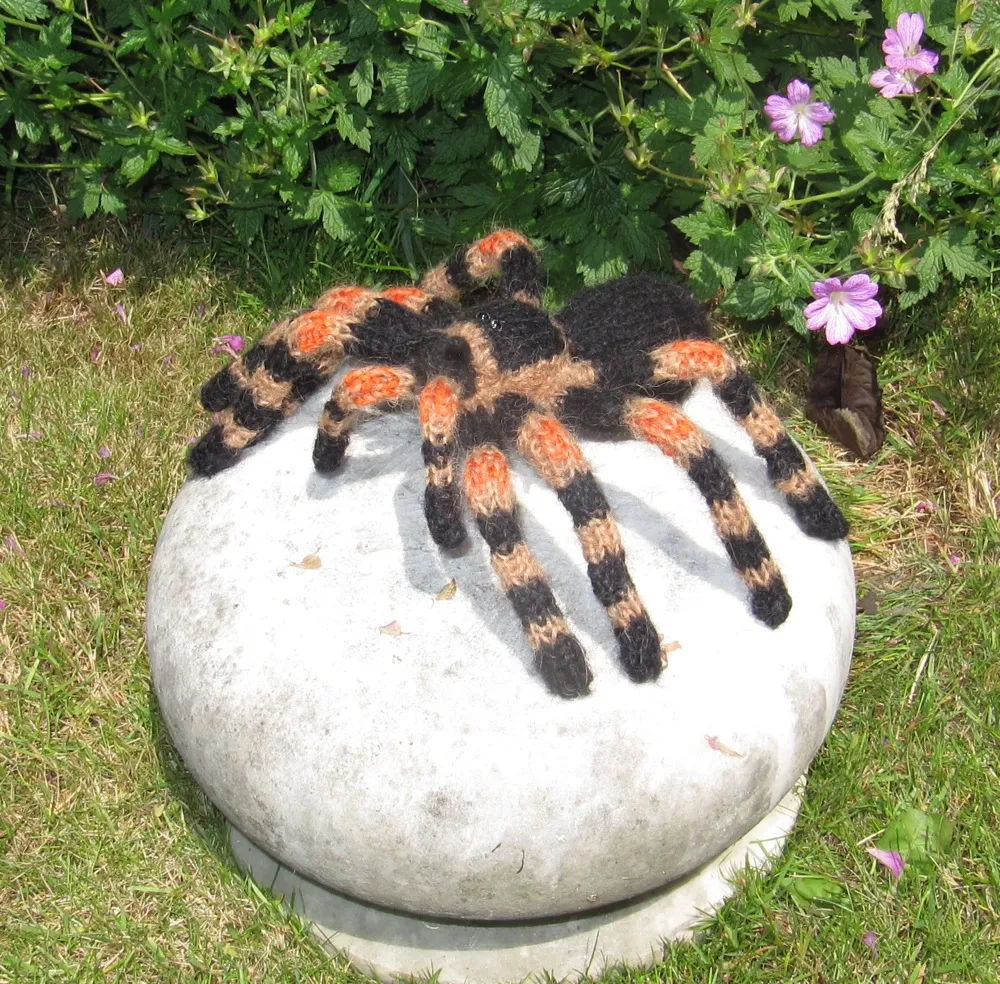
The substrate is the bedding in the enclosure. It should be absorbent, non-toxic, and hold humidity. Popular choices include coconut fiber, peat moss, and vermiculite. Some species prefer a deeper substrate for burrowing, so consider the natural behaviors of your species. Avoid substrates with chemical treatments or sharp objects. The substrate should be deep enough to allow the tarantula to burrow, if it’s a burrowing species. It should also be replaced regularly to prevent the buildup of waste and mold.
Providing Hides and Decorations
Tarantulas need hides to feel secure. Cork bark, half logs, or artificial hides provide places to retreat and reduce stress. Decorations should be non-toxic and sturdy to avoid harming your tarantula. Plants, both live and artificial, can also add aesthetic appeal and provide hiding places. Ensure decorations cannot tip over or trap your tarantula. When choosing decorations, consider the natural habitat of your tarantula. Terrestrial species often appreciate more ground cover and hiding places, while arboreal species may prefer climbing branches.
Temperature and Humidity Control
Tarantulas require specific temperature and humidity levels. Use a thermometer and hygrometer to monitor the enclosure’s conditions. The ideal temperature range is usually between 75-85°F (24-29°C). Use a heat lamp or under-tank heater if necessary, but avoid direct heat sources. Humidity requirements vary by species but can be maintained by misting the enclosure with water, providing a water dish, or using the substrate. Ensure proper ventilation to prevent mold growth while maintaining humidity. Regular monitoring and adjustment are essential to provide the best environment for your tarantula.
Feeding Your Tarantula
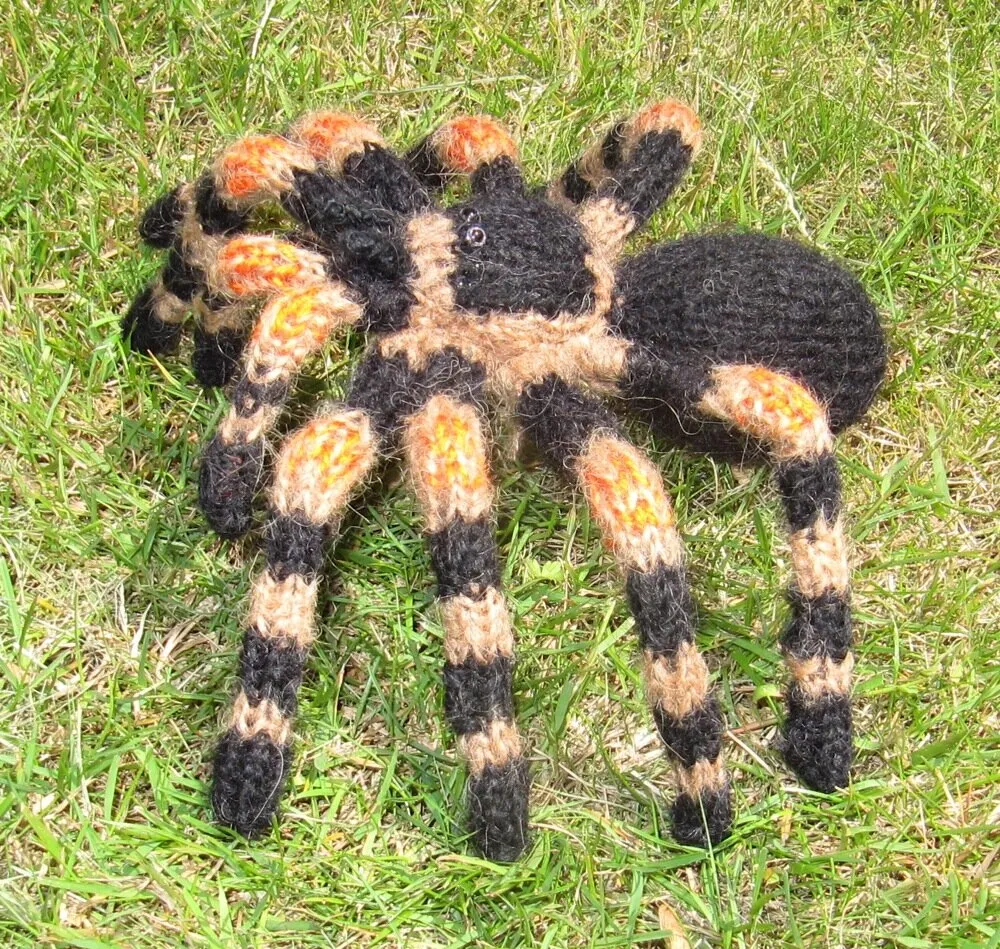
Feeding is a crucial aspect of tarantula care. The right food and feeding schedule ensures your tarantula gets the nutrients it needs to thrive. Tarantulas are opportunistic feeders, and their diet mainly consists of insects. Feeding frequency and the type of prey depend on the age and species of your tarantula. Proper feeding is vital to prevent health issues, promote growth, and support the molting process.
Choosing the Right Prey
Crickets, mealworms, and roaches are common food sources for tarantulas. Ensure the insects are gut-loaded with nutritious food before feeding them to your tarantula. Avoid wild-caught insects, as they may carry parasites or pesticides. The size of the prey should be appropriate for the tarantula; as a general rule, it should be no larger than the tarantula’s abdomen. Provide a variety of insects to ensure a balanced diet. Consider the nutritional value of each prey insect; for example, roaches are generally considered to be more nutritious than crickets.
Feeding Frequency and Amount
Feeding frequency depends on the tarantula’s age and metabolism. Spiderlings should be fed more frequently, around every other day, while adults can be fed once or twice a week. Provide only one or two prey items per feeding. Remove uneaten prey within 24 hours to prevent stress and potential harm to the tarantula. Overfeeding can lead to health problems, while underfeeding can cause slowed growth or nutritional deficiencies. It is also very important to feed your tarantula on a schedule. Stick to a pattern to avoid over or under feeding your spider friend.
Watering Your Tarantula
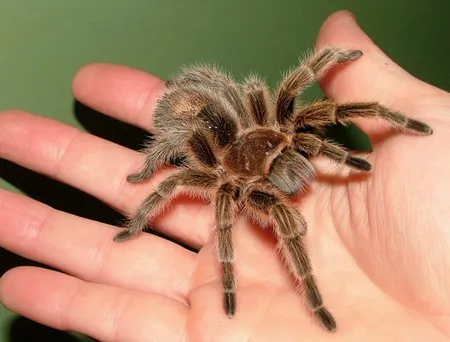
Providing clean water is essential for your tarantula’s health. They need water to stay hydrated and assist in the molting process. Both the method and the frequency of providing water may depend on the species and its environment. A regular water source is crucial to help your tarantula thrive. Adequate hydration is vital for the tarantula’s overall health and well-being, ensuring optimal function of internal processes.
Water Dish or Spraying
A shallow water dish is essential, especially for terrestrial species. Ensure the water dish is small enough to prevent the tarantula from drowning. For arboreal species or those that do not readily drink from a dish, misting the enclosure with water can provide moisture. Misting frequency will depend on the species’ humidity requirements. Some tarantula keepers use both methods, providing both a water dish and a misting routine to ensure the tarantula always has access to water.
Monitoring Water Quality
Regularly check the water dish for cleanliness and refill with fresh water. Replace the water as needed to prevent bacterial growth. For misting, use dechlorinated water to avoid introducing harmful chemicals. If you notice any build-up in the water dish, clean it thoroughly. Clean water ensures your tarantula does not contract any illness. Dirty water can be a breeding ground for bacteria and other pathogens that can be detrimental to a tarantula’s health.
Tarantula Health and Hygiene
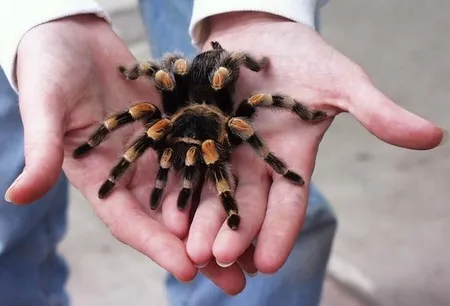
Maintaining a healthy environment is crucial for your tarantula’s well-being. This includes recognizing potential health issues, understanding the molting process, and knowing how to handle your tarantula safely. Regularly inspecting your tarantula and its enclosure is critical for catching any problems early on. By being vigilant and proactive, you can help ensure your tarantula lives a long and healthy life.
Recognizing Common Health Issues
Common issues include mites, fungal infections, and injuries. Mites can be identified by tiny, moving specks on the tarantula or in the enclosure. Fungal infections often appear as discolored patches on the exoskeleton. Injuries can result from falls, bites, or getting stuck during a molt. Quarantine any sick tarantula, and consult with a veterinarian experienced with exotic pets. Always clean the enclosure if you suspect your tarantula has any illness.
Molting and What to Expect
Molting is a natural process where tarantulas shed their exoskeleton to grow. During this time, the tarantula will often refuse food and may appear sluggish. The tarantula will usually flip onto its back to molt. Do not disturb the tarantula during the molting process. After molting, the tarantula will be vulnerable, and its new exoskeleton will be soft. Avoid feeding the tarantula for a week or two until its fangs have hardened. The molting process is a crucial part of the tarantula’s life cycle. It allows for growth and the replacement of damaged limbs.
Handling Your Tarantula
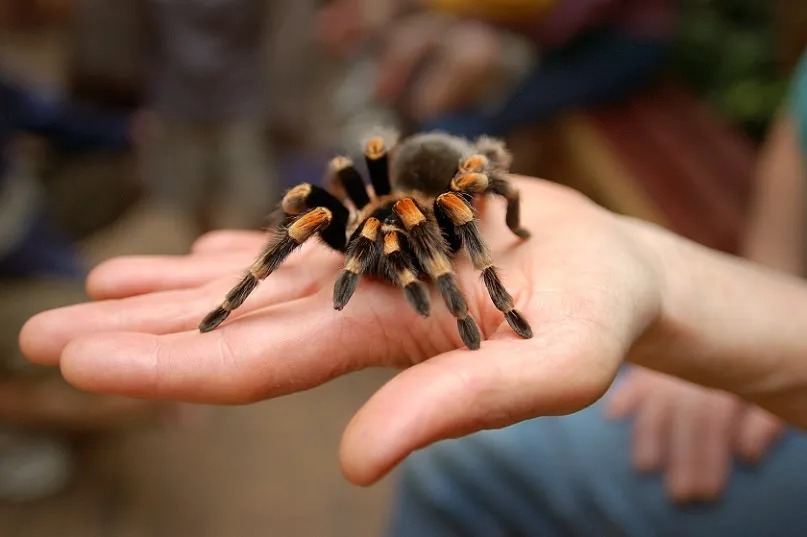
Handling is often a topic of debate among tarantula keepers. While some tarantulas are docile enough to handle, others are best left alone. It’s essential to understand the risks and proceed with caution. Handling should always prioritize the safety and well-being of both the tarantula and the handler. Always handle your tarantula in a controlled environment, close to the ground to prevent falls, and always wash your hands before and after handling your tarantula.
Safe Handling Practices
If you choose to handle your tarantula, do so carefully. Approach slowly and gently, and avoid sudden movements. Use a soft brush to gently encourage the tarantula onto your hand, or allow it to crawl on its own. Never force the tarantula to move. Keep your hands close to the ground to prevent falls. Be aware of the tarantula’s behavior; if it seems agitated, put it back in its enclosure immediately. Consider the species and its temperament before handling, and remember that some species should never be handled.
Understanding Tarantula Behavior
Tarantulas exhibit a range of behaviors, from skittishness to aggression. Understanding their behavior helps you interpret their mood and react accordingly. Watch for warning signs, such as raised front legs, flicking of the pedipalps, or a defensive posture. If your tarantula displays these behaviors, it’s best to leave it alone. Tarantulas are more likely to bite if they feel threatened. Learning to read their signals helps you handle them safely and avoid stress. Observing and learning the behavior of your specific species will help you better understand your pet.
Regular Tank Maintenance
Consistent maintenance is essential for the health and happiness of your tarantula. This includes regular cleaning, spot cleaning, and maintaining the ideal living conditions. A clean and well-maintained enclosure minimizes the risk of disease, provides a comfortable environment, and ensures your tarantula’s well-being. Cleaning helps to eliminate odors and prevent the growth of bacteria, mold, and other harmful organisms.
Cleaning and Spot Cleaning
Spot clean the enclosure at least once a week, removing any uneaten food, molted exoskeletons, and waste. Replace the substrate periodically, depending on the species and enclosure setup. Clean the water dish and decorations as needed. A full enclosure cleaning should be done at least twice a year, or more frequently if necessary. Use a pet-safe disinfectant to clean the enclosure and any decorations. Always rinse thoroughly and allow the enclosure to dry completely before reintroducing your tarantula.
Maintaining Optimal Living Conditions
Regularly monitor the temperature and humidity levels in the enclosure. Adjust the heat source or misting schedule as needed to maintain the correct conditions. Ensure proper ventilation to prevent mold growth. A well-maintained enclosure provides a stable and comfortable environment. Stable environmental conditions contribute to the tarantula’s health and well-being. Consistency is key to preventing stress and ensuring your tarantula remains healthy and active.
Enjoying Your Tarantula Pet
Owning a tarantula can be a rewarding experience. By following these essential tips and understanding your tarantula’s needs, you can create a healthy and enriching environment for your pet. Observe your tarantula’s behaviors and enjoy the unique experience of owning one of these fascinating creatures. Learning about your tarantula, its natural behaviors, and its needs will enhance your enjoyment of your new pet. Remember that patience and consistency are key to a successful tarantula keeping experience.
